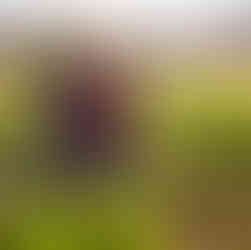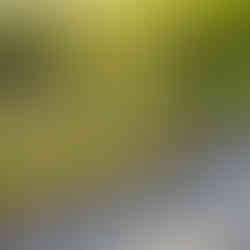This is the time when all things come back to life, and animals and insects are becoming active. The plants and trees are starting to bud, and bits of green are peeking up from the dormant ground. What are you planting? Do you have a plan for your garden this year? Don't wait until it is too late to get your garden planted and grow your own nutritious food for your family.

What's your plan?
Do you have a plan for what you are going to grow? I did a garden class a few weeks ago, and one of the topics was to find your "why"? I know what is pretty deep, but you really need to know you're why for gardening. I broke it into 4 categories to put yourself into so you can make a plan.
Hobby gardener
Supplemental gardener
Self Sufficient gardener
Market -small business gardener
So from the above list, you need to find what your why is? Do you want to be a hobby gardener with a few potted plants to eat fresh for the year?
Supplemental gardeners do just that, they supplement some of their groceries, but the bulk of the food they have are still bought from the market or grocery store. For instance, this category might grow 2 or 3 different crops and possibly preserve their harvest, but not an adequate amount to live off of for the remainder of the year.
Self Sufficient Gardener is a gardener that grows a majority of their own food. You might be a beginner self-sufficient gardener or an advanced self-sufficient gardener. A beginner self-sufficient gardener is someone that grows the food they eat and preserves for the winter months. They might grow a variety of fruits and vegetables and herbs. An advanced self-sufficient gardener grows 80- 100 percent of their own food, including fruits, vegetables, herbs, spices, nuts and seeds, legumes, and grains. They grow everything they can to be self-sufficient and have included certain systems that produce more sustainability, such as composting and water catchment.
The fourth category is a market gardener / a small business gardener, this is where you have achieved the above self-sufficient gardener category and are growing enough to produce yourself and be able to sell off the rest, creating a small business out of what you are growing. This might also include growing an abundance of one or more types of crops and selling them. Most individuals are not going to want to achieve this category. Most people would just like to be able to grow and consume the food that they are eating.
What to grow

Now that you know what your "why" is, you need to get your plan in play. I suggest making a list of all the food you want to grow. If you are like me, I have a list a mile long. But, let's be honest, are you really going to eat everything on that list?
I suggest inventorying your kitchen, and pantry to see the food you have and eat the most, make a list of these foods and put those things in your garden. Every year you can grow more, but don't try to grow everything the first year you are gardening. I would only grow the food you plan to eat and add a couple others to experiment with. This way you won't be overwhelmed and frustrated when your garden gets into full swing.
How much to grow
This was one of my biggest mistakes when I first started gardening, I grew so many plants and have so much waste. You might think that you need 50 tomato plants and 10 cucumber plants but that might produce so much fruit that you will let most of it go to waste. When you have all this fruit coming in all at once and don't really know what to do with it all it can get overwhelming. You need to remember you have to tend to all these plants, and you don't want to be burning the candle at both ends by putting all this work into it and end up having all your hard work go to waste. Do your research on each plant that you plant and see how much fruit it can bear. You might find out that you only need 1 or 2 of each crop.
When to grow

Knowing when to get your plants in the ground is extremely important to have a great crop. You should find out what your last frost date is in your area. A quick google search can answer this question, I always go to the farmer's almanac, put in my zip code, and it will tell you your last frost date, when to start your seeds, and when to plant your seedling out in your garden. If you are growing from seed this is a great resource to find when to start your seeds. It will also tell you when you should direct sow your crops. When buying plants from the store be careful planting them right as soon as they are available. Just because they are in the store does not mean they are ready to be in the ground. Always do your research to find out when is the best time to plant. Now let's say that you are past the planting date, and you got busy and forgot to get them in the ground, does that mean you can not grow that plant? No, not at all, look at the seed packet or again do a google search to see how many days to harvest, if you have that many days left in your season, then plant them. It's better to try and get something than to never try and get nothing.
Just get started

You can have all the knowledge in the world and do all the research you possibly can but ultimately it is about getting out in your garden and trying. Don't just stick to what everyone else is doing and only do it the exact same way. I'm not against learning from people, but I highly suggest you experiment and try growing something. You might learn something all on your own and be able to share with other gardeners your experiences. You really can not go wrong unless you just don't do anything at all.
Happy growing!!
~Nikki~






Comments